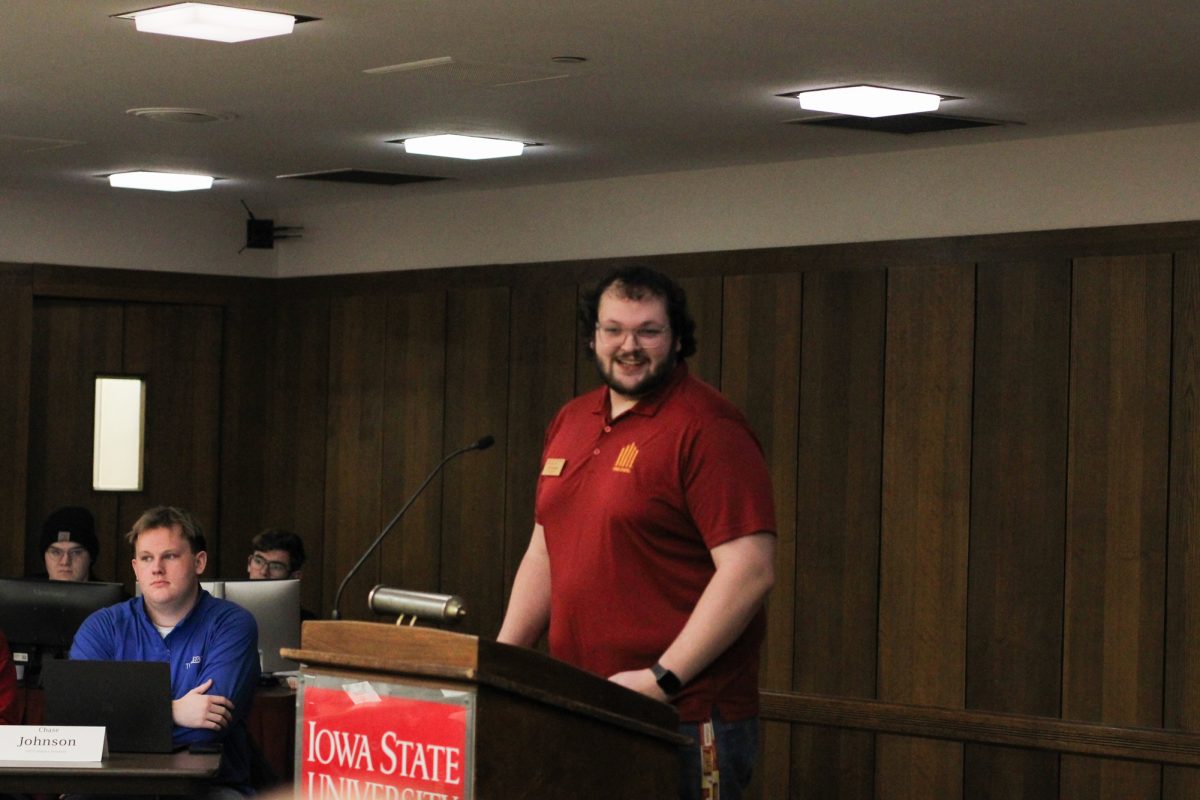the end of the world as we know it… the event…
November 15, 2001
Thousands of years have not calmed a fear that has plagued various cultures, ethnicities, genders and ages – the fear of the end of time.
The Des Moines Art Center, 4700 Grand Ave., captures that fear in “Apocalypse: Prophecies and Visions,” an exhibition that surveys art from the early days of the printing press through the present time.
“The aim of the exhibit is to embrace new audiences and show extraordinary art that spans thousands of years,” says Jill Pihlaja, museum education director.
Amy Worthen, curator of prints, defines apocalypse as “a revelation or unveiling,” and says that “apocalypses were mainly text that claimed to reveal the future, specifically the end of time.” She says that through time, the word apocalypse came to be synonymous with Armageddon, which is the final battle that brings about the end of the world.
“The works were showing ways artists have interpreted the visions of the words of the New and Old Testaments and their beliefs,” Worthen says. “They are different interpretations from the same text. Some were different because of the style of the period, and some were different because of the artists’ imagination and historical events.”
The Des Moines Art Center felt that the Sept. 11 events have unleashed the fear that we are currently living in apocalyptic times. Robert Roberg, a self-taught artist, has eight paintings featured. Worthen said his work exhibits his belief that the current time period is apocalyptic.
“During times of social or personal crises, artists have looked at the Bible as a source of inspiration and for soul-searching,” says Mike Crall, marketing and public relations director.
The 80 objects in the exhibition range from early printed versions of the Bible, lithographs, stained glass windows, paintings, woodcuts and a variety of other media. The pieces in the exhibit date from the 15th through the 20th century.
“The styles of art changed; things that were going on in the world changed,” Worthen says. “Art became a way to interpret what was happening and to show the signs of the world ending.
One example is that of Natalia Goncharova, a 20th century Russian artist. She created lithographs that combined traditional apocalyptic themes, Russian tradition and current war scenes.
The span of time for the exhibit closes with the present day and what Worthen describes as the “E-pocalypse.” She says that the Internet has thousands of sites for apocalypse-related cults, prayer sites, music and art.
“The art in the exhibit is really extraordinary,” Worthen says. “It is some of the most amazing things ever made.”
The exhibit is open from Nov. 17 through Jan. 13.






